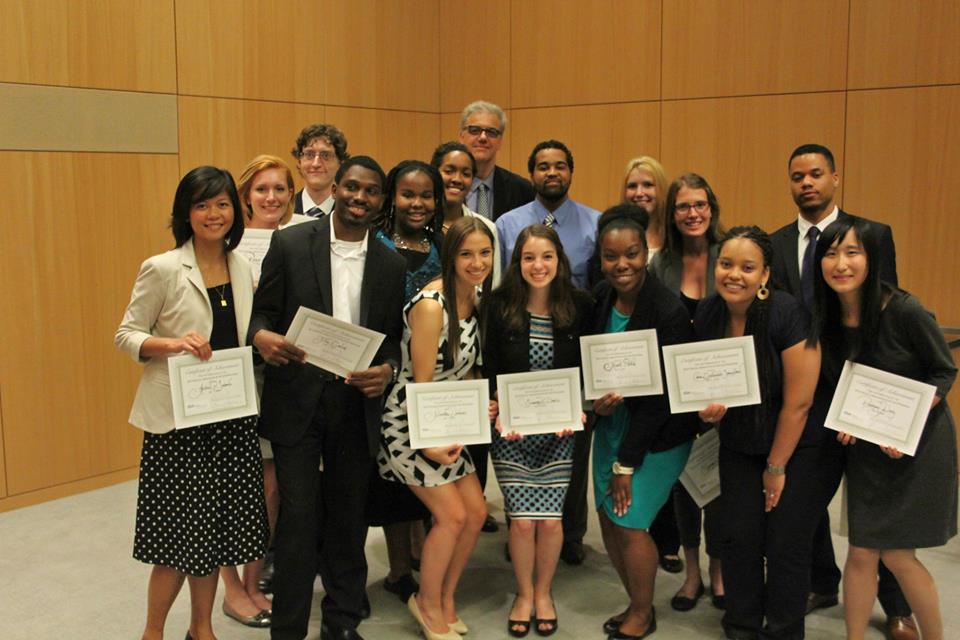If you have a desire to create positive social change, this article is for you. Here are things I learned from SIP that you should keep in mind as you continue to learn, fail, and grow.
Identifying a root cause of a social problem can be equated to peeling an onion. For each layer you pull back, you must ask WHY? This peeling process must continue until there are no more WHY?’s to answer. Sounds easy, right? Wrong. DC Scores Executive Director, Bethany Henderson, helped me realized that many social ventures only try to alleviate symptoms of problems, not the root of the problem. The Root Cause Analysis article by Mind Tools states, “If you only fix the symptoms – what you see on the surface – the problem will almost certainly happen again… which will lead you to fix it, again, and again, and again.” This is the point Bethany was emphasizing during her presentation, and I agree with it completely. The cyclical process of symptom alleviation, or as I call it, using a “Band-Aid solution”, is mimicked in the root cause analysis process, however. Bethany advised that as social entrepreneurs, we must stop using the root cause analysis method once it becomes cyclical, or once your answer to a “why?” is one of the previously stated “why?” answers. Moving forward, I will strive to identify a root cause of a problem prior to creating a solution in order to ensure that I am not perpetuating the cycle of symptom alleviation.
I will be combining the root cause analysis with themes discussed by Amanda Andere, another social change leader. For instance, before being able to identify and solve a root problem, it is crucial to recognize that community engagement needs to occur, not entitlement. This means that one needs to dig deeper below the needs and issues of a population to help them solve their own problems. This insight ties back into Amanda’s final point…. The elephant in the room is YOU. This means one needs to earn trust prior to going into a community and implementing solutions. Her insights are believes I have held true and hold important in my mind when working with people in need. If fact, one of the initial reasons I was interested in pursuing the study of society and cultures in college was to ensure I was not entering a community I knew little about and implementing solutions I think will work. I do not like this method. I feel a more effective way to have non-Band-Aid solutions is to fully understand a community and their own needs, and help them solve them, gaining community buy-in which will resultantly lead to solution sustainability.
-Samantha Dietz is a sophomore at Tulane University majoring in Sociology and double minoring in Spanish and Social Innovation & Social Entrepreneurship.
